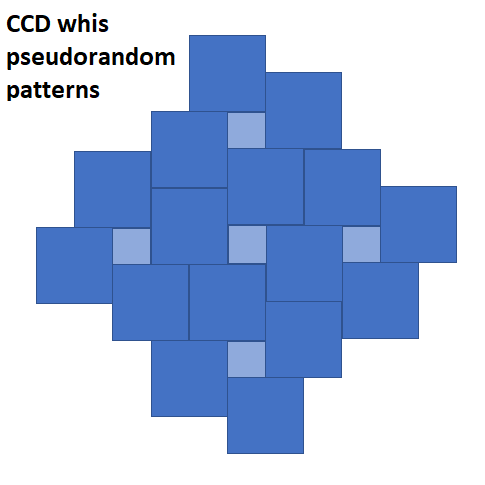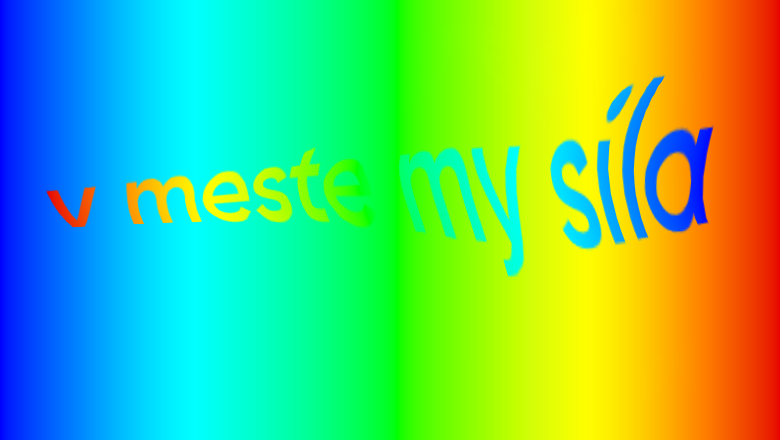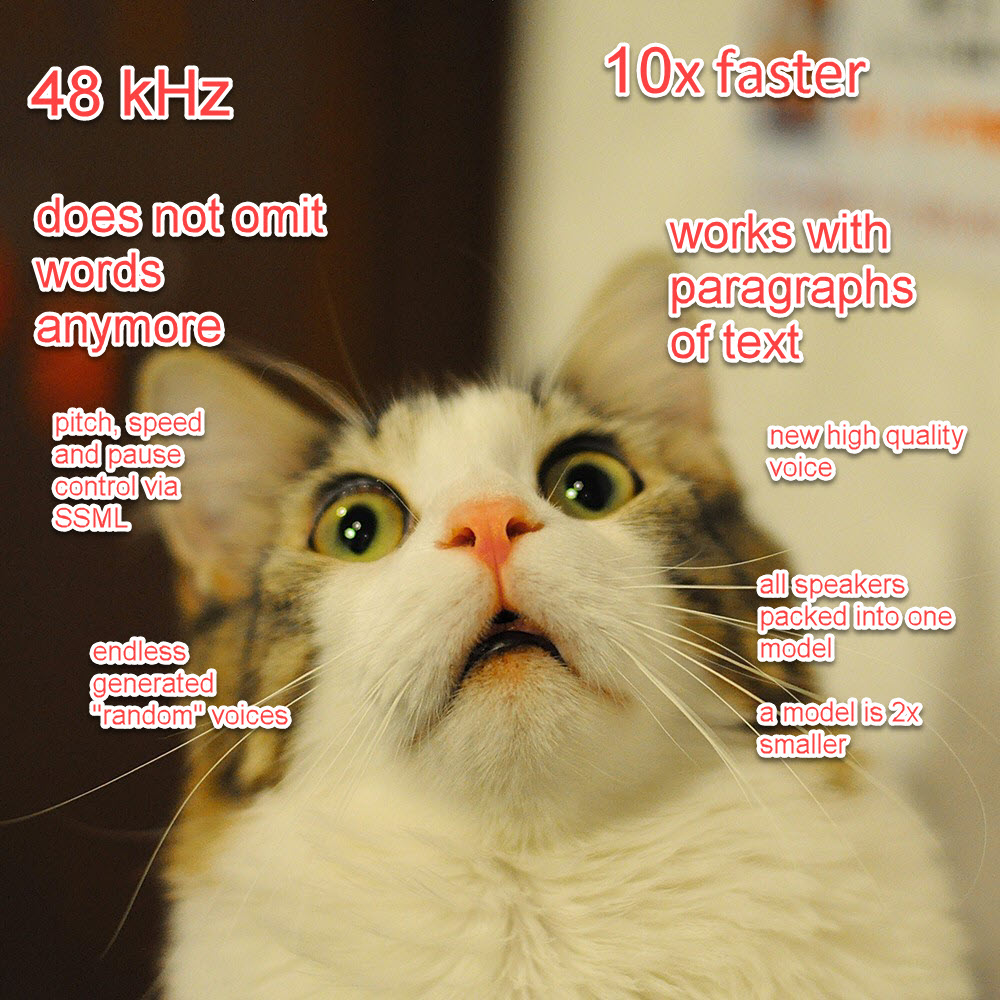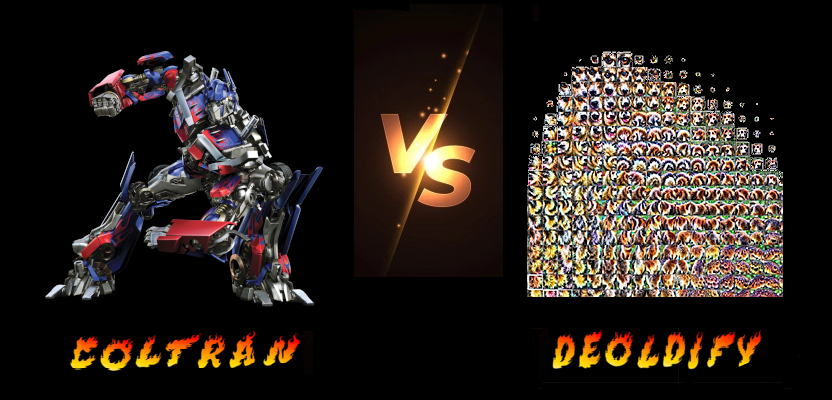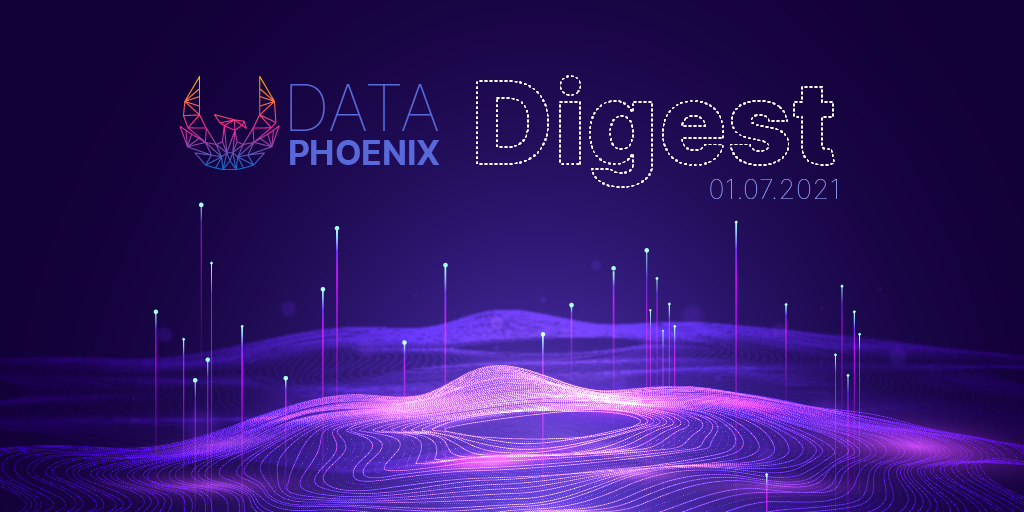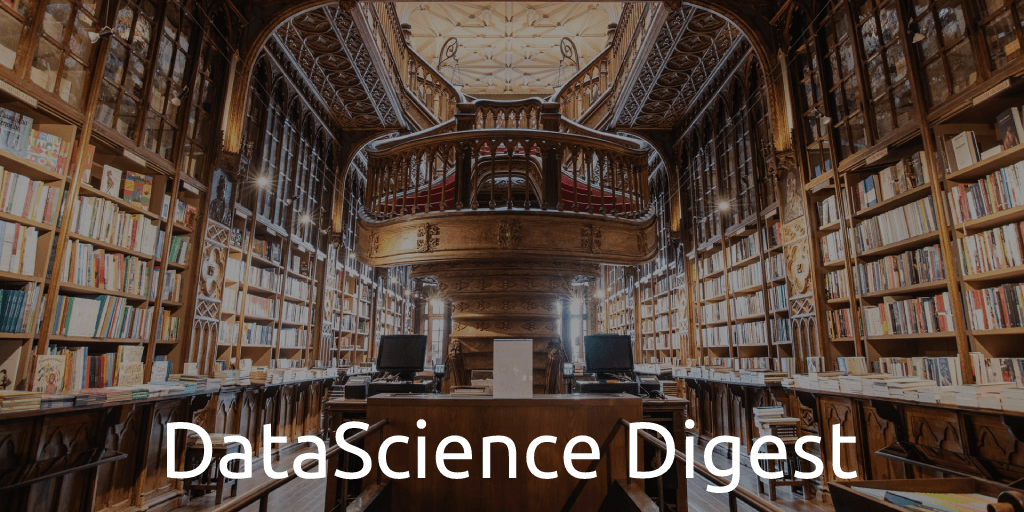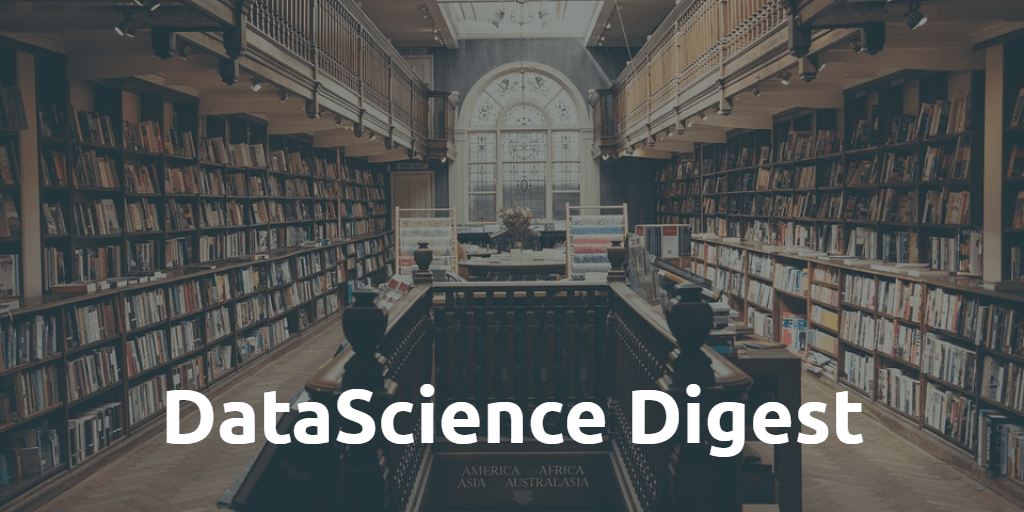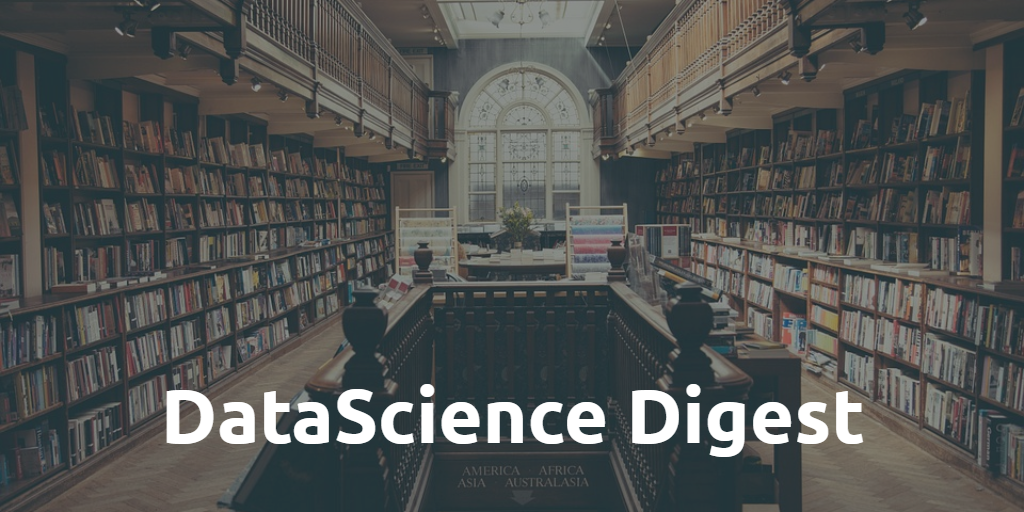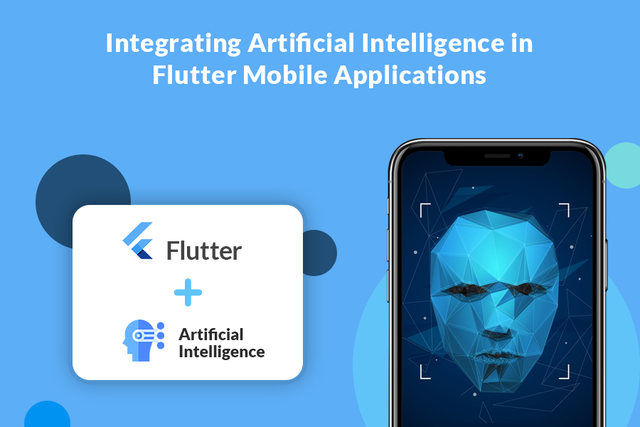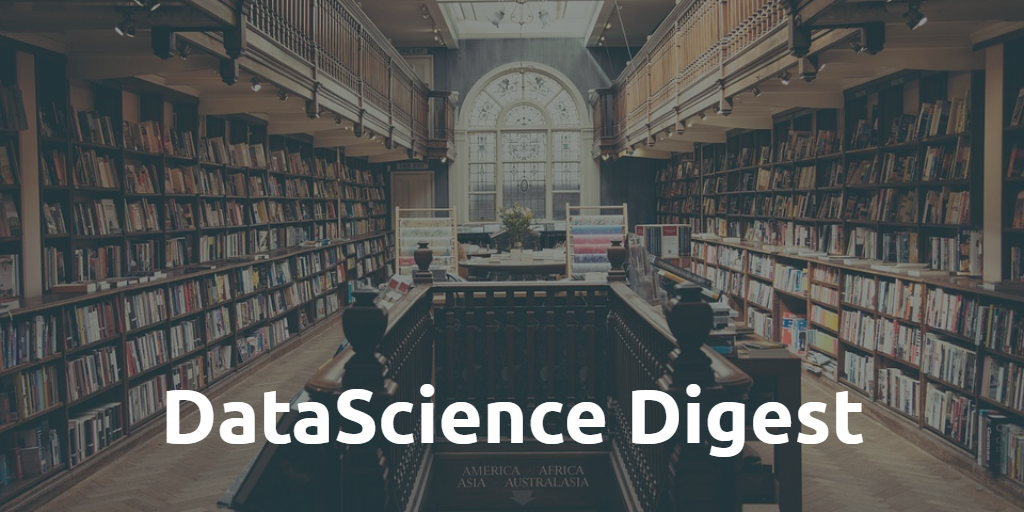When we move towards the digital world, we shouldn’t forget that cybersecurity has been playing a major role in our life. Talks about digital security have been stiff. The main challenge we would face is abnormality.
During an online transaction, most of the product-lovers prefer credit cards. The credit limit available in credit cards would allow us to purchase even when our bank balance is insufficient. But this is great news for cyber attackers eyeing your money.
For tackling this problem, we should depend upon a system to make hardpressed transactions effortless.
This is where we need a system to track the transaction patterns. With AI, we can abort any abnormal transaction, precisely for credit card fraud detection AI.
As of now, we will come across a number of machine learning algorithms to classify unusual transactions where Artificial Intelligence detect fraud. We only need past data and the right algorithm to fit the data in the right form in case of credit card fraud detection ai.
How do we make this happen? Let’s look into the process of credit card fraud detection AI:
Import the needed libraries
The best step to detect credit card fraud detection with AI is to import the libraries. The best practice would be to import the necessary libraries in a single section for the purpose of quick modification. To use the credit card data, we can use the PCA’s transformed version or RFECV, RFE, VIF and SelectKBest to get the best model features.
Import Dataset
Machine learning helps with fraud detection. It’s quite simple to import the dataset when you use the pandas module in python. You can run the run command for importing your data.
